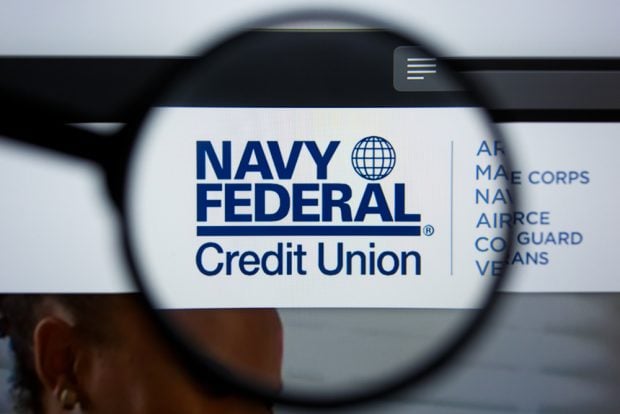WASHINGTON — Nearly 120 people including representatives from a handful of credit unions have turned out at public forums held in early April to share their concerns and offer suggestions on the Small Business Administration's proposal to institute a lender risk rating system.
At issue is the SBA's proposed rating system to assess an SBA Lender's 7(a) portfolio performance and a certified development company's 504 loan-portfolio performance. The tool will be used by the SBA to assess the risk of each lender's loan operations and portfolio and identify those lenders whose portfolio demonstrates the need for enhanced SBA monitoring or other action. Once the risk rating system is finalized, lenders will have access to their own quarterly performance data, including their most current composite risk rating, through the online lender information portal.
The SBA had originally published the proposed rule to incorporate risk-based lender oversight into the agency's regulations on Oct. 31, 2007. On Dec. 20, 2007, the comment period was extended through Feb. 29, 2008.
Recommended For You
In April, the agency began a three-week series of public meetings to elicit comments from interested parties on the new SBA proposed lender oversight and credit risk management rule. Forums were held on April 1 and April 3 in Los Angeles and San Francisco, respectively. Eighty people including representatives from $2.6 billion Lockheed Credit Union, $302 million USC CU and $1.2 billion California CU attended the Los Angeles meeting while 40 persons turned out for the San Francisco forum.
SBA Administrator Steve Preston said the public meetings are a commitment to transparency and considers them valuable components of the agency's deliberations in assessing and refining the proposed rule.
So far, much of the feedback at the public meetings have reflected comments the SBA has seen in the roughly 200 comment letters the agency has received on the proposal, said Bryan Hooper, director of the SBA's Office of Credit Risk Management. Some 7(a) lenders have taken issue with the effectiveness of the lender oversight and risk rating models and their desire to get additional information on the risk rating elements.
"We already make [the risk rating elements] available to lenders, but they would like to see more," Hooper said, adding some 7(a) lenders have also raised concerns about the additional costs of oversight.
Meanwhile, some CDCs have voiced disapproval with the SBA's proposal to reduce the timeframe for submission of annual financial statements from 180 days to 90 days, Hooper said. Others have questioned whether the proposal's single-audit act provision, which requires nonfederal entities, such as nonprofit CDCs that expend a total of $500,000 in any fiscal year, to have a single audit performed, should be applicable.
For USC CU, one of the financial institution's goals is to provide start-up financing for students that graduate who want to start their own businesses, said David Mellman, vice president of commercial services. The fees associated with the SBA's proposal may be cost prohibitive for lenders to offer that financing.
"We're looking to provide financing for our members and that would include start-up financing for many of our schools such as medical, dental and business schools," said Mellman, who attended the SBA's meeting in Los Angeles. "Without the credit union being in a position to support them, [members] may not be able to get financing. That would be our concern."
The same is true for California CU, which is in the final approval stages of becoming an SBA lender, said Patrick Zarifian, vice president of business lending. If the SBA enacts the proposed rating system, the costs could be an impediment to offer the agency's loans.
"We have servicing fees, guarantee fees and lender oversight fees," Zarifian said. "The forums are an excellent idea, but my question is what's going to happen next. Will SBA take into consideration our concerns or will the comments sit on a desk somewhere?"
At least at the Los Angeles forum, the costs associated with the implementation of the proposed rating system was just as much of a concern for credit unions as it was for banks, said Ray Dimaya, director of SBA lending at Lockheed CU.
"Some small banks said the proposal could have an impact on their SBA departments and whether they would be able to continue running," Dimaya said. "Also, the fact that [SBA] will be using a credit scoring system that has no track record to compare it to" is another concern.
CUNA and NAFCU have said they appreciate the SBA's efforts to formulate a methodology for a lender risk rating system as part of its efforts to continuously enhance the agency's 7(a) and 504 guaranteed loan programs. However, both trade groups have encouraged the SBA to spell out in more detail how the rating components and peer comparisons are actually factored together to obtain the composite rating.
More than 400 credit unions are SBA lenders.
© Touchpoint Markets, All Rights Reserved. Request academic re-use from www.copyright.com. All other uses, submit a request to [email protected]. For more inforrmation visit Asset & Logo Licensing.






